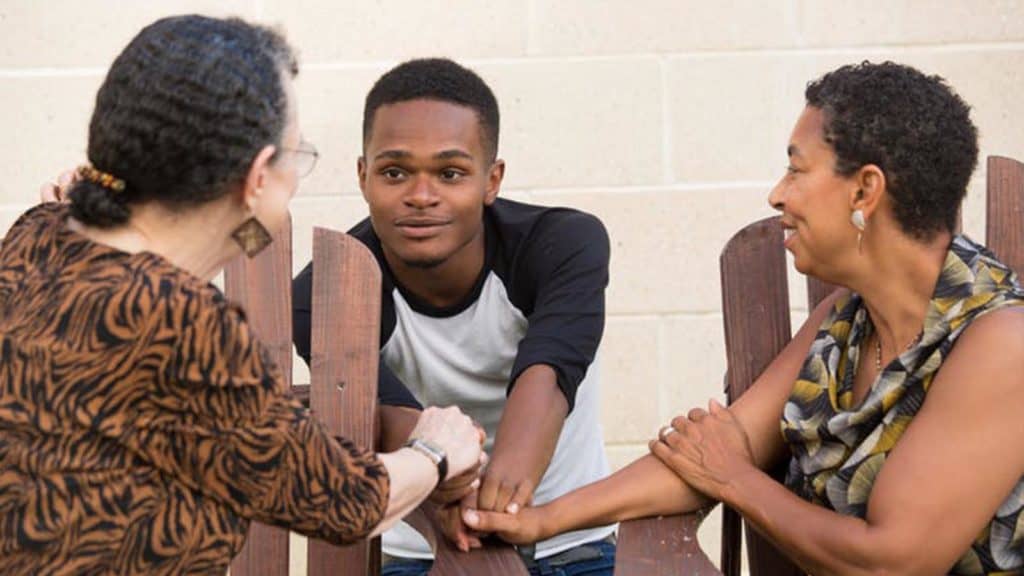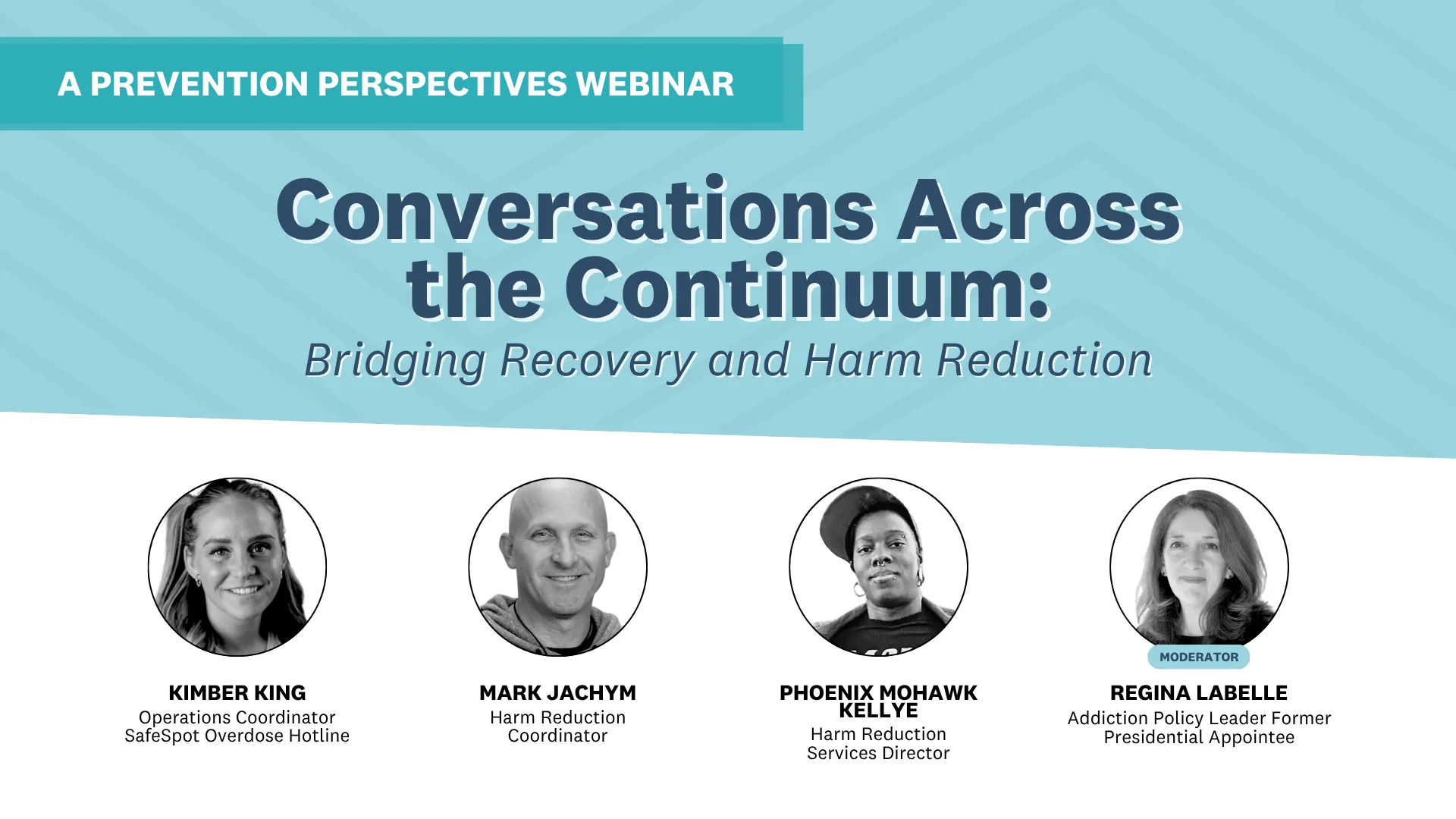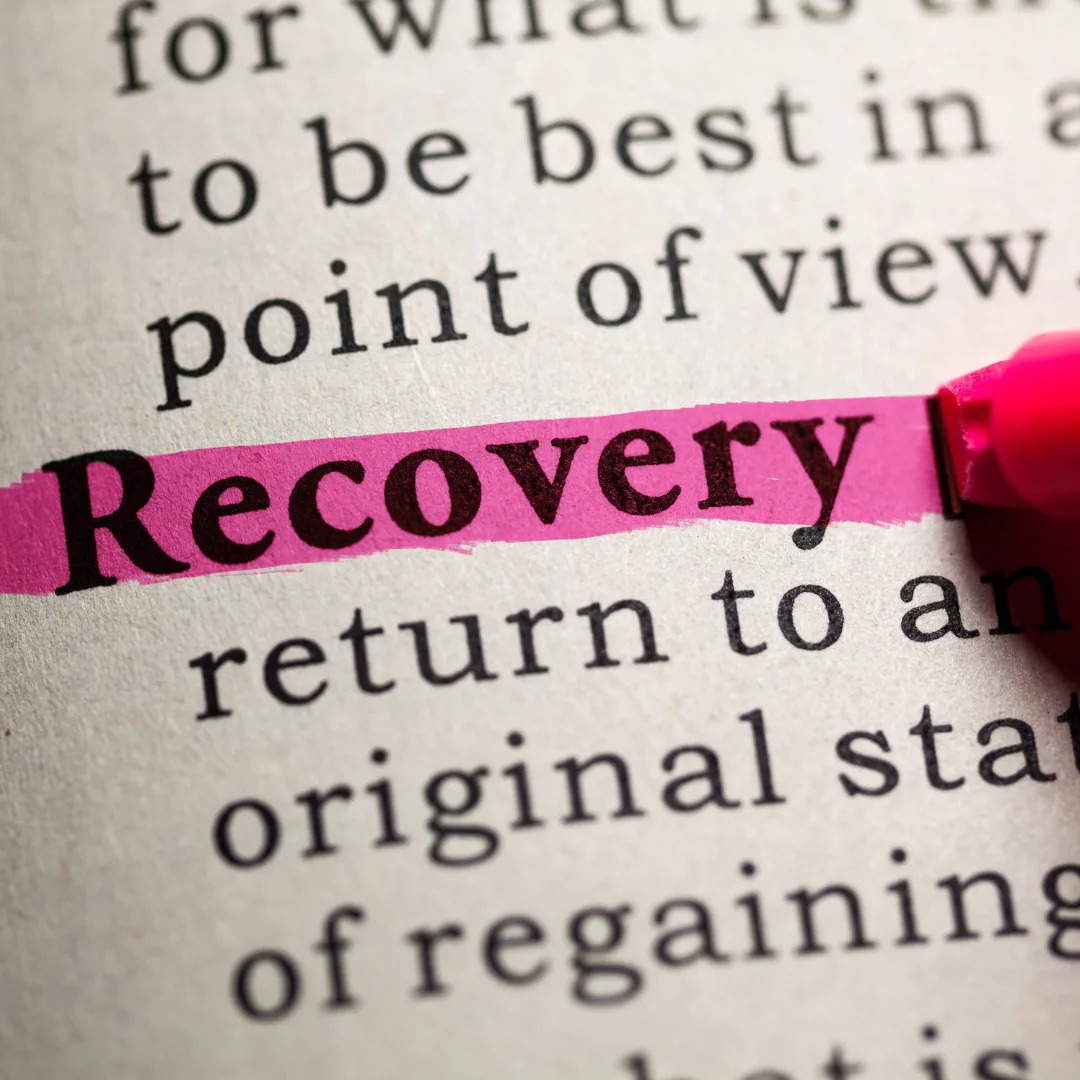Being there for your child while they navigate the levels of care for the treatment for opioid addiction can seem insurmountable and often heartbreaking. Learn how you can best support them on their journey.
Stay on track with their progress. Their treatment facility should prepare them for transitions between various levels of care and provide discharge planning– reputable treatment centers will continue to be a resource after treatment in a particular level of care. In order to be directly in contact with their treatment team, they will need to sign a formal release of information to allow this communication to happen, particularly if your child is older than the age of consent for treatment in your state. A release of information document can be tailored to provide a varying degree of information from the absolute basics to more detailed information. In any case, this is an opportunity for you to navigate this with your child as a demonstration of support for their autonomy, and your willingness to be part of their recovery journey.

When navigating between levels of care for an opioid use disorder, gradual transitions are key. This is particularly important when moving from an intensive, residential treatment level of care to a level of care that is less restrictive (from inpatient to outpatient). Help them navigate gradually into routine life situations. Make sure to have an understanding of their triggers and limitations.
Assist them with monitoring their environment. Recovery disruption can be triggered by a combination of stress and exposure to an opportunity to revert to use. Scientists have shown that things like exposure to drug paraphernalia can re-trigger a strong urge for the drug. Help steer them away from situations that can trigger a recovery disruption.
Manage your expectations. Just as it was a challenge to live with someone in the throes of opioid use disorder, there will be challenges on the road of recovery.
Try to be involved in their activities and actions. Maintain an awareness of their activities and social relationships once they return home. This includes what they do online. Striking a balance between respecting their autonomy and being appropriately assertive with your support for their recovery can be very challenging, and takes practice!
Should your child experience a recovery disruption and return to use, smaller doses can still be deadly. Be aware that, even after many months of treatment, someone in recovery is extremely vulnerable to recovery disruption. The opioid receptors have been re-sensitized, so a much smaller dose of an opioid drug is now required to have the same effect as when the person was in the throes of their addiction. Thus, a much smaller dose can lead to an overdose.
Remember the signs of addiction and be objective if you think they may have experienced a recovery disruption. Someone experiencing a recovery disruption can be very convincing that they are not experiencing this. They may not believe it themselves, and can work very hard to mask their behaviors. Hope is not a strategy. Expressing your concerns in real-time, using language that is supportive and exacting, will help to build a bridge back to solid recovery ground.
Be cognizant of recovery disruption behaviors resurfacing. Recognize that even after recovery has been established, your loved one is still someone with a substance use disorder. Old behaviors can resurface, and will need to be defined before they do..
Help them find a peer-supportive home if they need it. Try to find a living environment that is supportive – a halfway house or sober living experience where your loved one can be with people going through the same experience. If you are able to speak directly to your child’s treatment team, primary care doctor, or other trusted entity who has been involved in their recovery, make sure to gather resources which will help you determine where these kinds of facilities are in your community.
Ask them to get tested. Find a way to maintain a testing regimen, as your loved ones’ desire to not let you down may be the one thing that prevents a recovery disruption. Testing should never be punitive in nature, but rather a supportive way of ensuring that you’re doing everything you can to most effectively support their recovery journey.
Be assertive with respect to the power of peer to peer support.. Encourage them to attend community support meetings and develop a relationship with a sponsor or peer recovery support specialist.
Take care of yourself. The entire family is now in recovery. Find your own support group.
Hope is not a strategy.
Mary Winnefeld, Co-Founder, SAFE Project
Resources & News
-

SAFE Project Launches New “Life’s a Party” Campaign
-

Conversations Across the Continuum: Bridging Recovery and Harm Reduction
-

Treatment, Recovery, and the Realities of Insurance
-

What Does Recovery Mean?
-

Community First: Queer Kentucky’s Approach to Harm Reduction
-

Fall Into Action with SAFE Project and HealthCode
-

Youth VOICE Council Spotlight: Aubrey
-

Simone Brown Interview: Children’s Authors and Illustrators Week 2025
-
Youth VOICE Council Spotlight: Savanna
